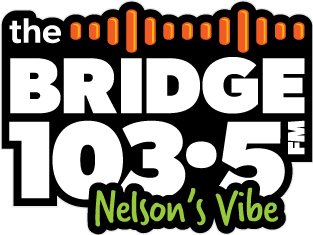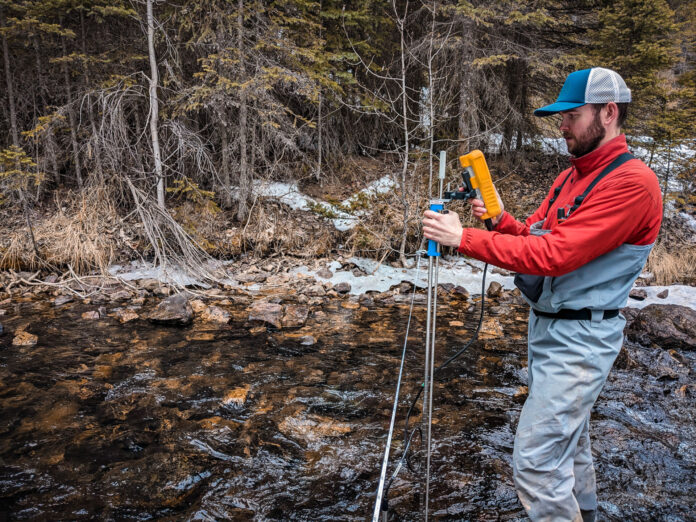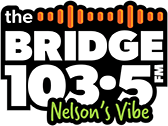Living Lakes Canada (LLC) has improved its data collection tool for monitoring water sources around the Kootenays, making information more accessible to governments, researchers and the public.
LLC says its Columbia Basin Water Hub is meant to provide a clear, accessible, centralized point to compile data from around the Basin.
“The Water Hub brings together over 400 datasets and seven million data points from over 50 contributors. This extensive water data covers lakes, streams, wetlands, snow, glaciers, and more,” said LLC officials.
“With support from Living Lakes partner Link Digital, a global leader in CKAN and open data solutions, the Water Hub’s new custom graphing tool offers an interactive and accessible data experience.”
LLC says the new features will allow users to better understand the data, spot preliminary trends and effectively communicate their findings.
“These graphing upgrades are a real bonus to groups like the Rossland Streamkeepers,” said Bill Coedy, Program Manager with the Rossland Stewardship group.
“With the ability to layer multiple years of data, it allows us, and anyone interested in our water data, to easily visualize year-over-year trends and gain high-level insights into the changes happening in our watershed.”
Bonanza Creek, Dunbar Creek and Bruce Creek act as streamflow monitoring sites in LLC’s Columbia Basin Water Monitoring Framework, which tracts the impacts of climate change and other influences on water supply.
“The monitoring that Living Lakes Canada is doing is critically important to understanding the hydrology and water levels in the Columbia Wetlands,” said Dr. Suzanne Bayley, President of Columbia Wetlands Stewardship Partners.
“Dunbar Creek is one of the mid-sized creeks that we have very little data on, and we really value the important flow data that Living Lakes is collecting. These creek waters provide crucial habitat for swans and hundreds of breeding birds in the wetlands.”
LLC says the Water Hub can offer more broad access to monitoring data to researchers, governments, students, professionals and the public.
“As interest in regional databases grows, communities across diverse water monitoring landscapes are increasingly embracing this model for localized water data management and stewardship,” said LLC officials.
Be the first to know! Don’t miss out on breaking news and daily updates in your area. Sign up to MyNelsonNow News Alerts.





